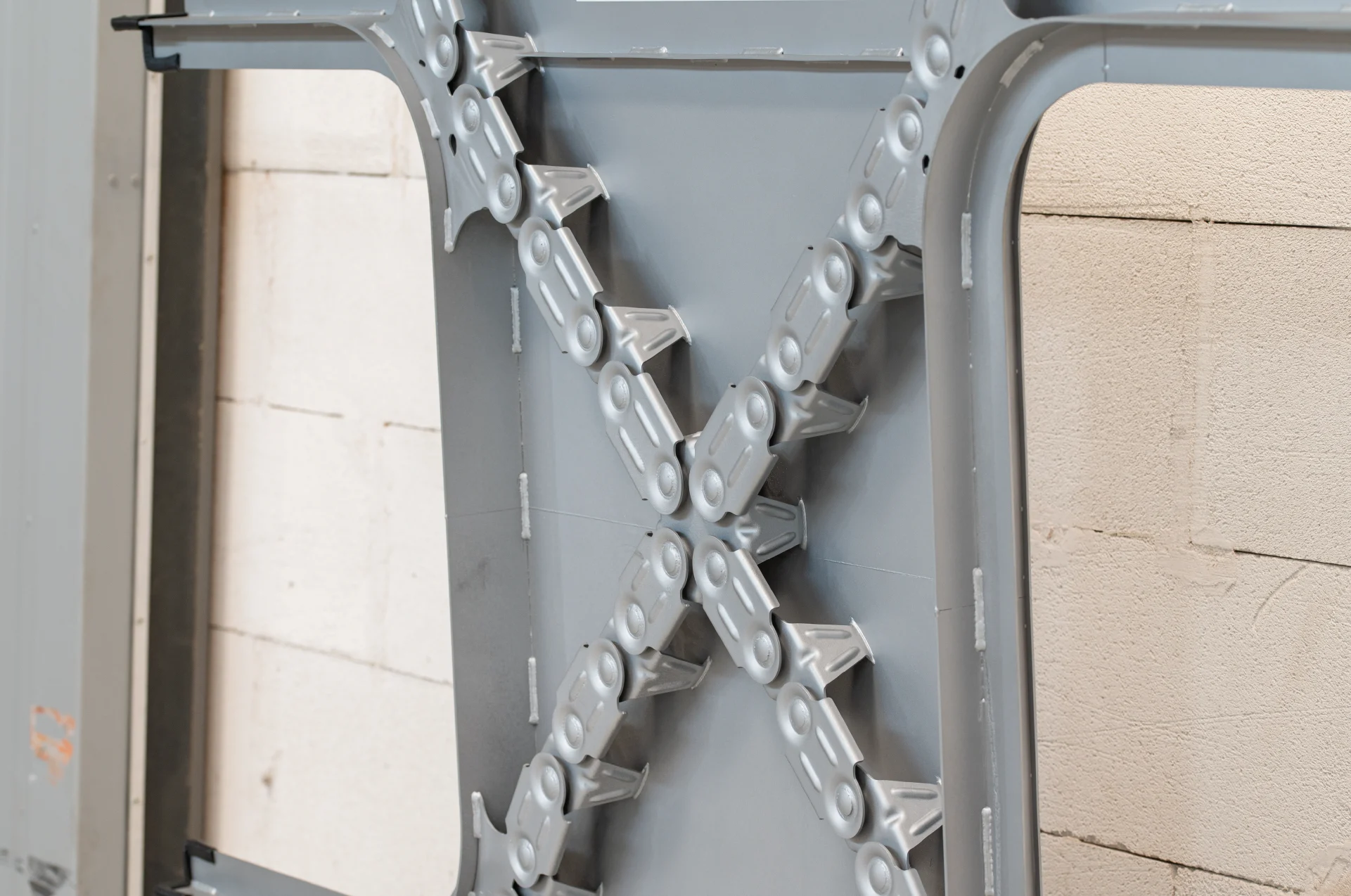Home » Lightweight construction
_Lightweight construction for mobility
Lightweight construction through laser welding is the key to energy efficiency and economical mobility. We use material only where it is really needed. Tailored blanks – sheets with variable thickness – allow wall thicknesses to be precisely adapted to the loads in individual areas. T-joints replace bulky flanges that would be necessary in conventional processes and enable more compact structures. This results in high-strength, low-distortion components with significantly lower weight. The advantages: lower energy consumption, less wear, reduced costs, and more capacity for passengers or payload. At the same time, laser welding opens up new design possibilities – from bionic structures to multifunctional assemblies. And safety remains fully guaranteed: we work with high-strength steels and document our processes precisely.
Lower energy consumption
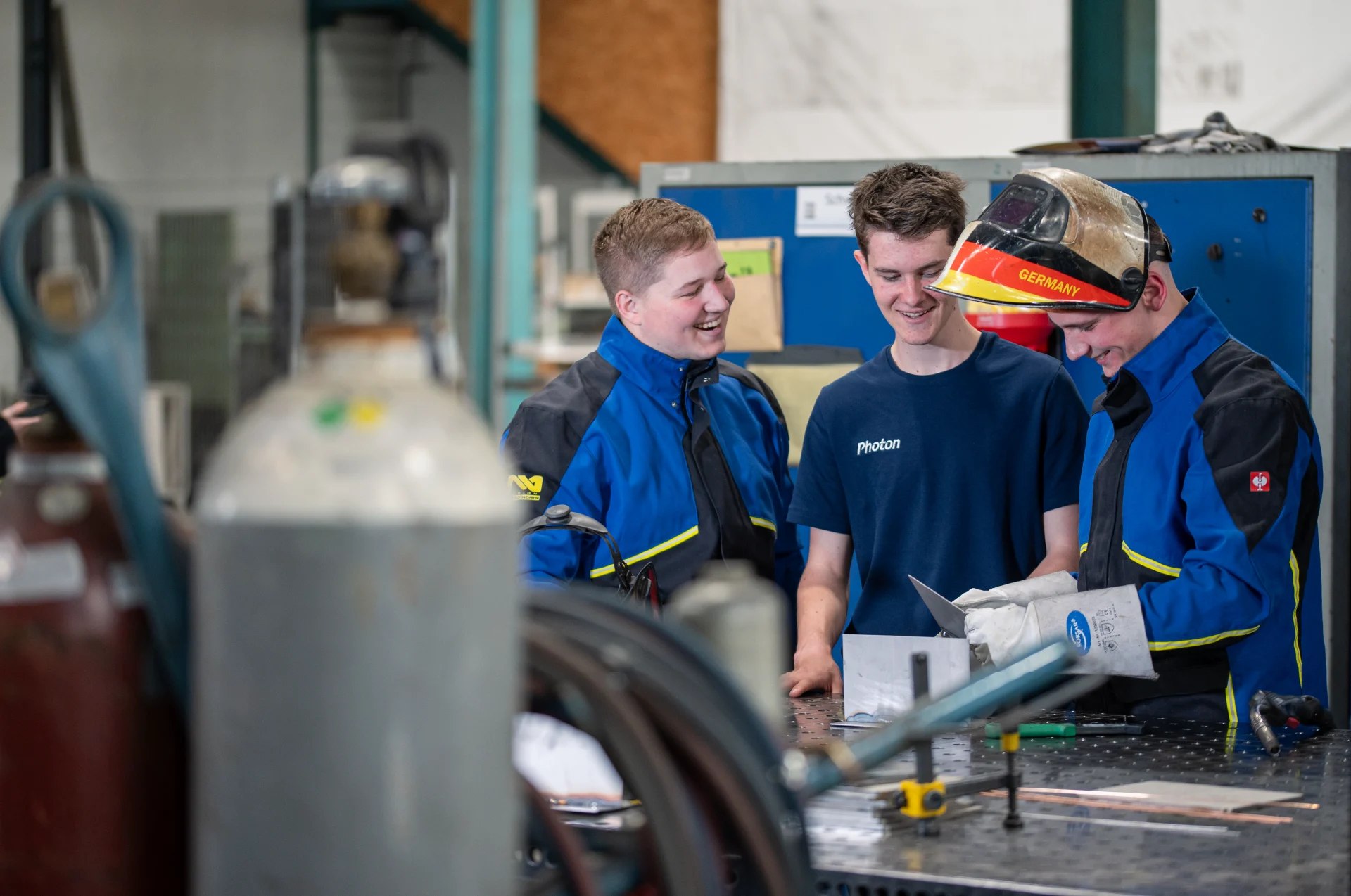
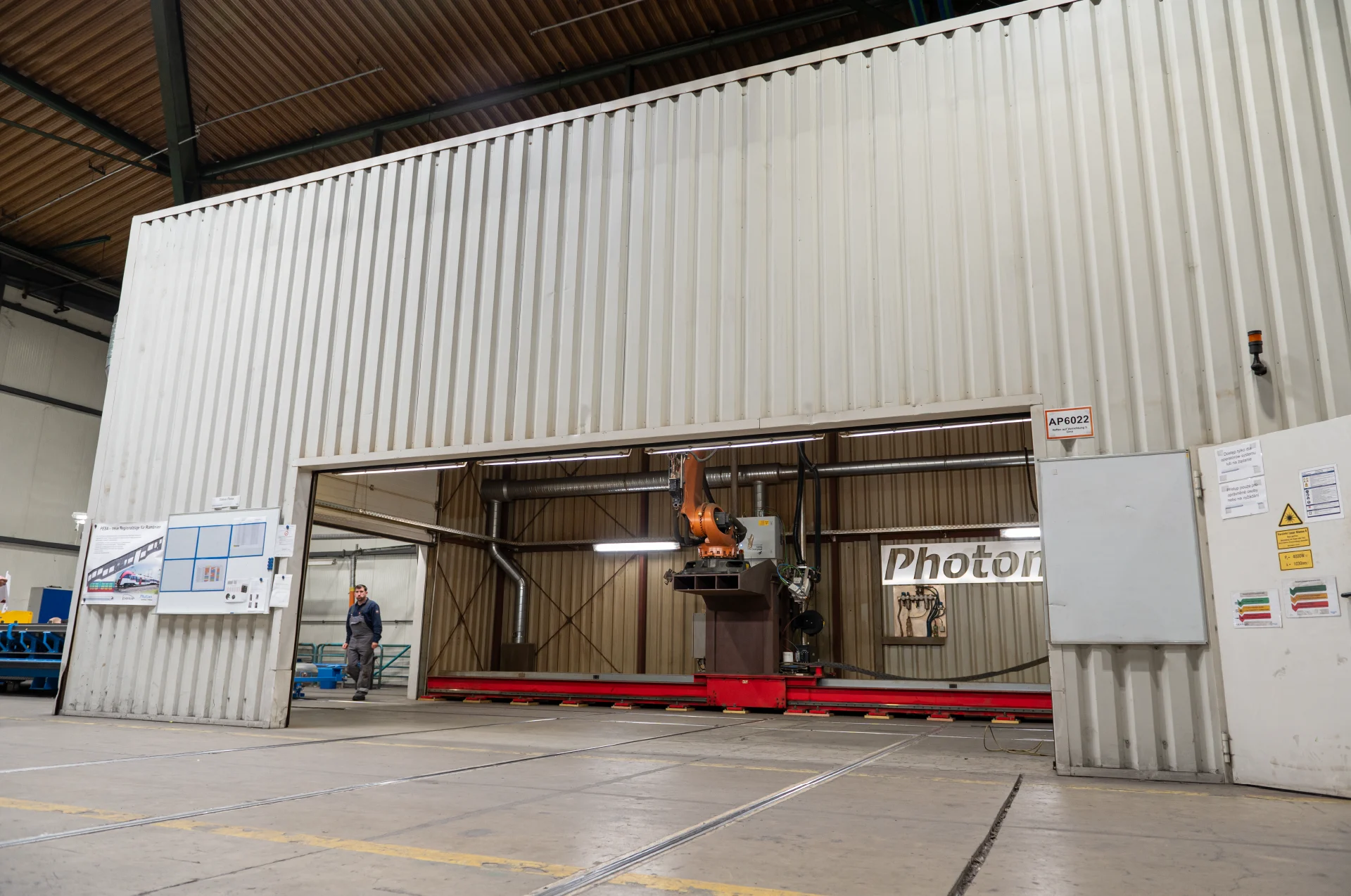
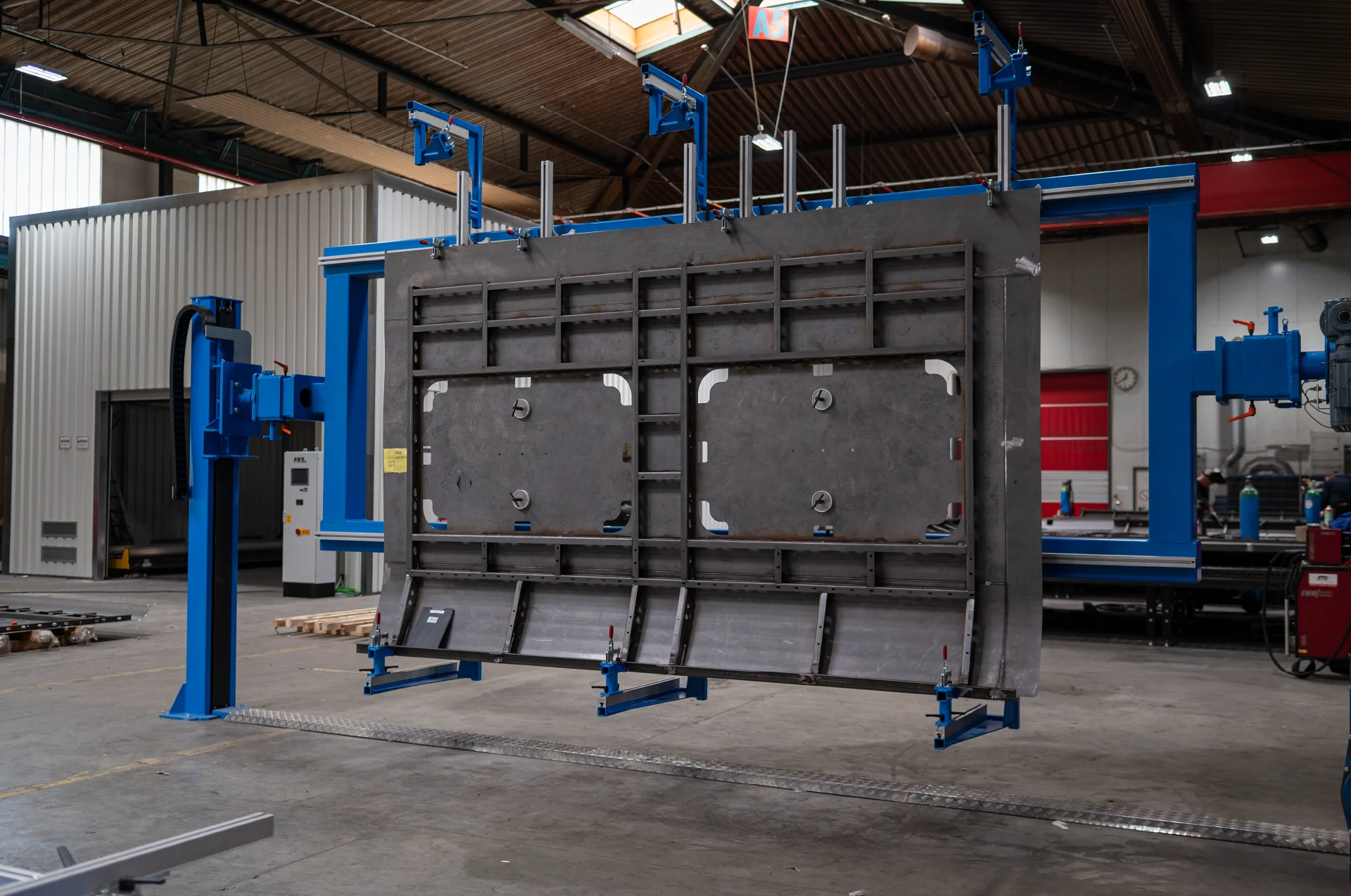

T-joints & design freedom
Laser-welded T-joints eliminate the need for flanges, which would be necessary for resistance spot welding. This reduces weight, creates additional installation space, and enables more compact structures. Especially in complex assemblies such as side walls or roofs, this opens up new freedoms for architects and designers—for example, more space for passenger comfort, battery integration, or digital systems. At the same time, the structures benefit from greater efficiency and easier assembly.
Material savings & tailored blanks
With Tailored Blanks, we use sheet metal thicknesses specifically where loads occur—for example, in complex side walls or roof structures. This eliminates the need for oversized safety reserves in areas subject to low loads. This saves weight, reduces material costs, and lowers CO₂ emissions in the value chain. Instead of designing entire assemblies according to the “weakest link,” we use intelligent dimensioning. The result: lighter, more efficient structures with the same service life – an ideal solution for energy-optimized rail vehicles.
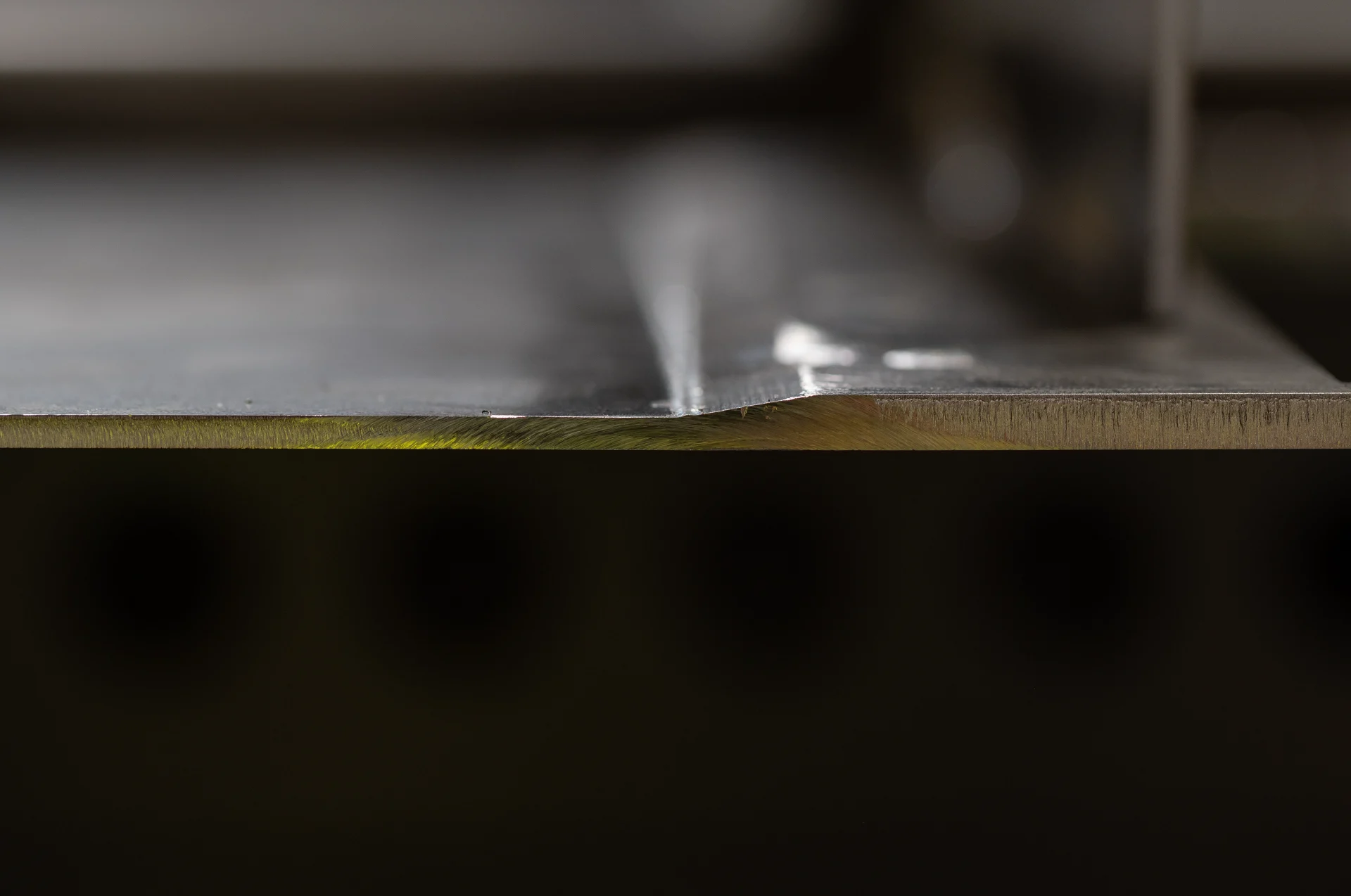
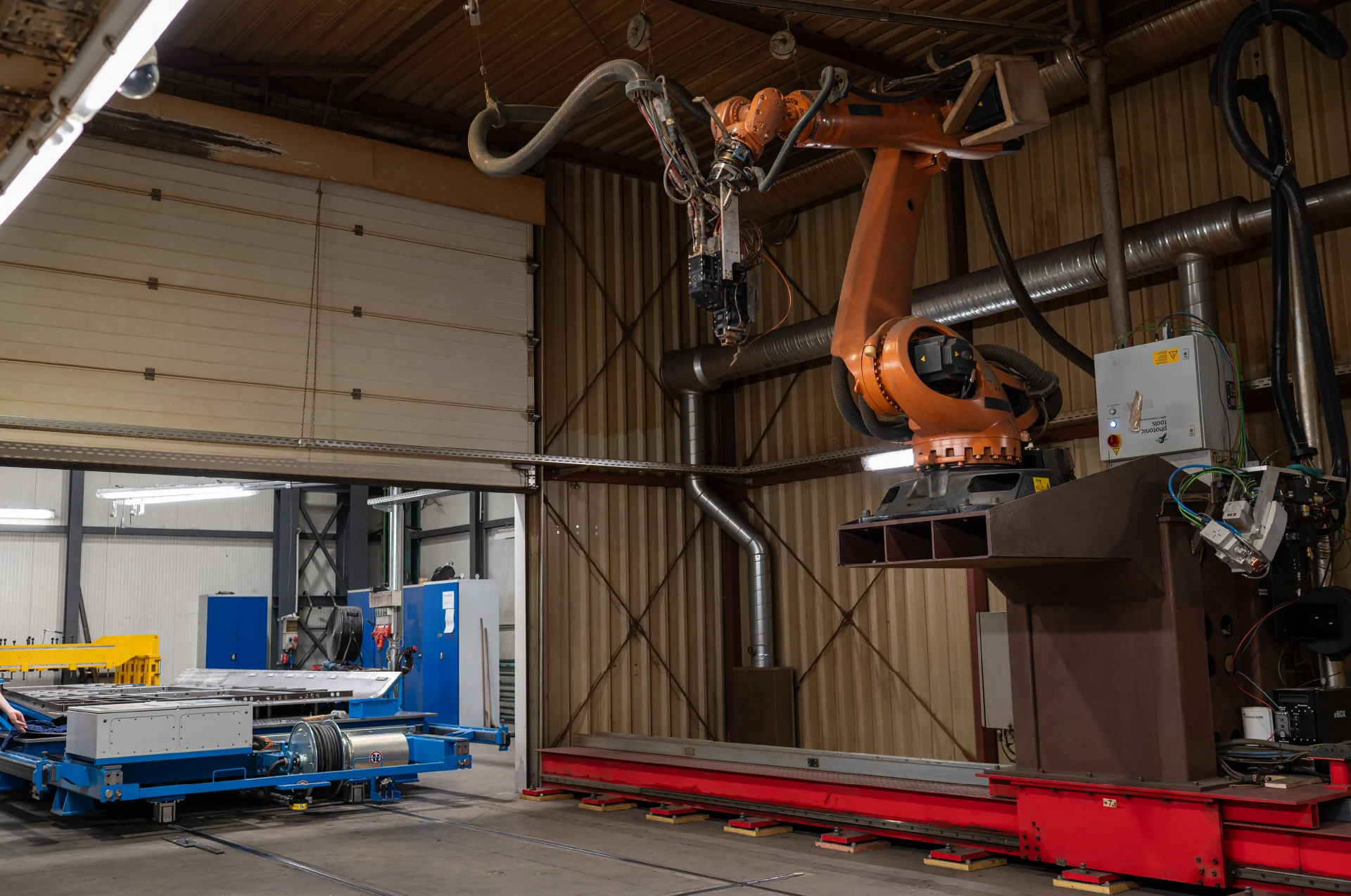
Process speed & efficiency
Laser beam welding achieves welding speeds up to ten times faster compared to conventional gas-shielded welding processesAutomated robotic systems run continuously, while offline programming eliminates setup times. For customers, this means:
- shorter delivery times
- Predictable series production and rapid implementation of prototypes or specification changes.
Efficiency is not only achieved in the welding process itself, but throughout the entire production logistics.
Bionic structures & functional integration
Laser welding can be used to produce geometries that cannot be achieved using conventional methods. Among other things, we develop bionic structures that are based on real force curves: minimal use of material with maximum stability. Less weight also means greater efficiency and opens up new possibilities in vehicle design.
